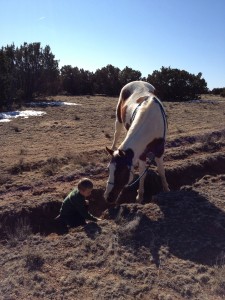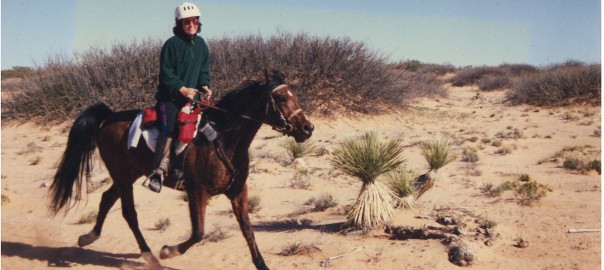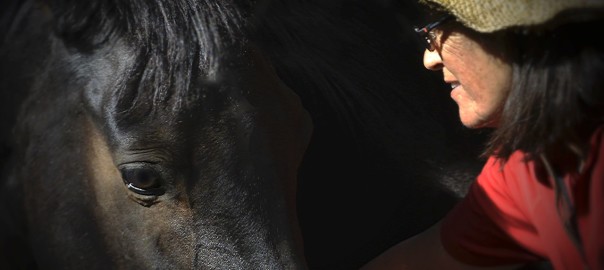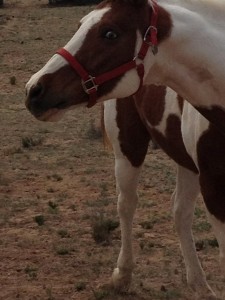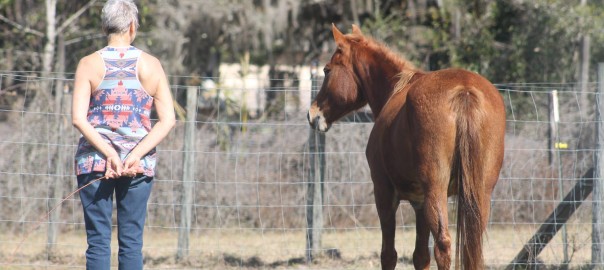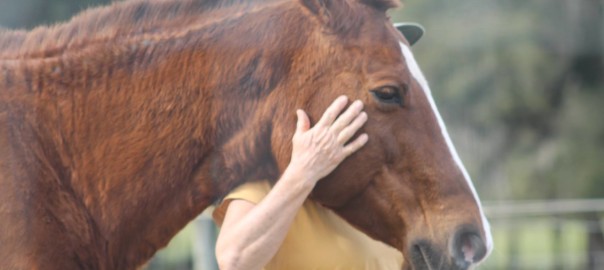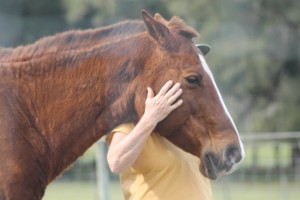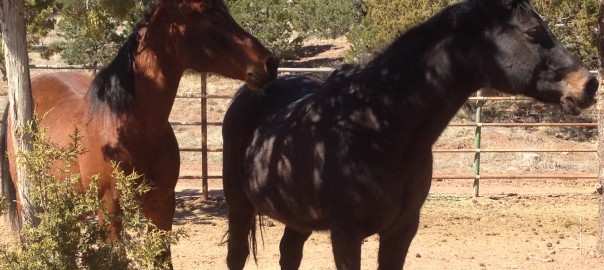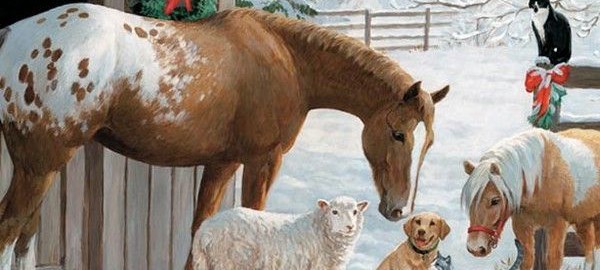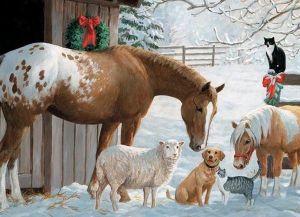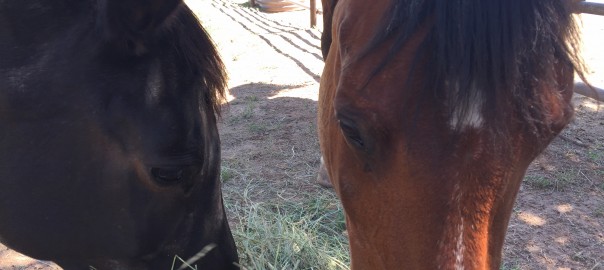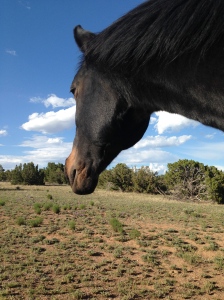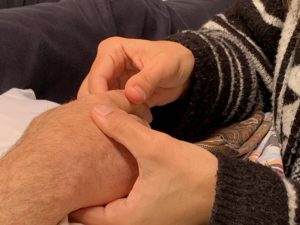 A healing journey is specific, non-specific, historic, full of layers and wondrous avenues of enlightenment. The layers that developed first – en utero, at birth – will be deepest in the body, and the last ones to heal. Perhaps we can go farther back than that – generations that will heal last, if at all in this lifetime. The healing journey is one of seeking to unravel those layers in the body’s time, as it has a time of its own. Seeking self-correction.
A healing journey is specific, non-specific, historic, full of layers and wondrous avenues of enlightenment. The layers that developed first – en utero, at birth – will be deepest in the body, and the last ones to heal. Perhaps we can go farther back than that – generations that will heal last, if at all in this lifetime. The healing journey is one of seeking to unravel those layers in the body’s time, as it has a time of its own. Seeking self-correction.
With minor injuries the person or animal may not need veterinary or therapeutic care at all, it will deal with it on its own. If one needs to see a bodyworker, then one or two sessions will suffice at getting the body back on track.
![]()
![]()
![]()
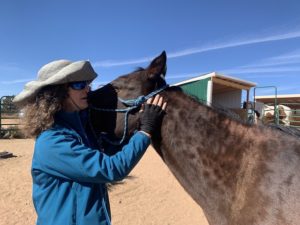 When I talk about injury, that injury could be internal or external, it could be musculoskeletal, visceral, neurological, circulatory, emotional, psychological, psychic…
When I talk about injury, that injury could be internal or external, it could be musculoskeletal, visceral, neurological, circulatory, emotional, psychological, psychic…
Rehab is a process. Perhaps the person doesn’t want to get started because he or she has developed a system of compensation that holds together pretty well. This new wrinkle in health is an annoyance, something to be flicked away like a fly.
The body is constantly making adaptations. Every time the body gets injured or diseased it launches a response to compensate so that it can keep on trucking.
When the injury is repetitive, and comes from a major event or series of major events, then the symptoms are going to remain or morph. The horse whose hind end keeps dropping out from under him in work, for example, will require regular maintenance. The person who has had a traumatic shoulder injury may need support after physical therapy has ended. Bodies with a number of compensations and lacking vitality are of course going to have more trouble and possibly be more prone to re-injury, so the added support will be paramount in their healing.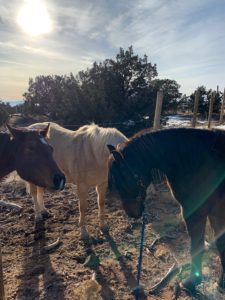
Unfortunately for all concerned, the longer the injury exists and the larger in magnitude it is, including repetitive injury, it will create a linked compensation pattern throughout the entire body.
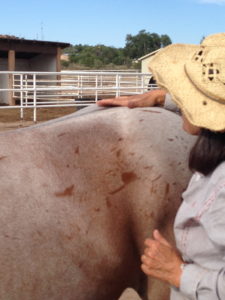 Horses demonstrate to us repetitive stress in so many ways. They are subjected to repetitive activities – training, carrying people with unaddressed repetitive stress and compensatory patterns, saddles, bridles, other tack, trailering, abuse, repetitive behaviors.
Horses demonstrate to us repetitive stress in so many ways. They are subjected to repetitive activities – training, carrying people with unaddressed repetitive stress and compensatory patterns, saddles, bridles, other tack, trailering, abuse, repetitive behaviors.
Fascia is a huge component to the musculo-skeletal system as it adapts and![]() compensates for injury. Ortho-Bionomy can address fascial challenges, not just what is called “myofascial” work. Fascia envelops every bodily structure, not just skeleton and muscles. Soft tissue – fascia, muscle, tendons and ligaments will change quickly when injured but can take much longer to recover. The bones, the organs protected by bones and other tissues are also connected and need help.
compensates for injury. Ortho-Bionomy can address fascial challenges, not just what is called “myofascial” work. Fascia envelops every bodily structure, not just skeleton and muscles. Soft tissue – fascia, muscle, tendons and ligaments will change quickly when injured but can take much longer to recover. The bones, the organs protected by bones and other tissues are also connected and need help.
Untouched, repetitive stress patterns deepen in the tissues and muscles will reduce in size as well as increase in size. You can see this in horses very clearly in the gluteal muscles – where one part of the gluteal structure will be flaccid and another will be rock hard. Or, in the hamstrings, where the hamstrings are rigid and restricting the hocks and stifles while the gluteals will be flaccid, almost unresponsive. At this point the joints, ligaments and tendons are being pulled unevenly by muscles. All this can cause pain in hocks, stifles, ligaments, and create spinal and hoof problems.
Without care, the bones will begin to compensate for the pulls and slacks in the whole system. It is a tensegrity system, where tension in one area creates slack in another, and everything is off balance. The bones may develop arthritic changes as a result – all the way through the horse – jaw, poll, neck, spine, hocks – though the original insult may have begun somewhere in the hindquarter. Once degeneration occurs in the bone then the opportunity to rehabilitate is lessened.
This gives us an idea of rehabilitation – it isn’t an overnight process in these cases. It needs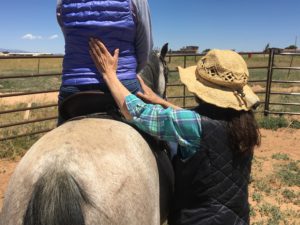 to take place slowly, addressing each layer as an individual, peeling them back as the body is able to address them.
to take place slowly, addressing each layer as an individual, peeling them back as the body is able to address them.
Supporting exercises can be huge for the body that has been stuck in one posture for what seems like forever. The exercise will be gentle, appropriate to the body’s ability to respond and use the movement to its advantage. Most likely the recipe will not include belly lifts, tail pulls or for humans, crunches or push-ups. Ground poles, conscious walking exercise, straight lines in some cases, a little hill work maybe, also looking at what’s available in the horse’s environment to help him or her recover. For humans, light stretching and body awareness.
My primary vision is to “meet the body where it is,” where that is in space and time, and address what it is willing and able to show at any given time. This way, the body is able to take the new stimulus and create wondrous avenues of enlightenment – from the place we’re working to include somewhere else in the body.
We move away from the looking at what’s wrong – it’s this or it’s that, because while surely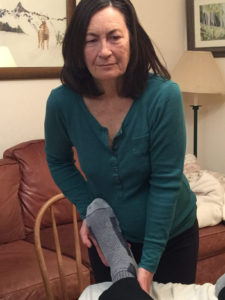 it is those things, the compensation is coming from a lot of places and the body wants to be addressed as a whole. Not only will it show its compensation, it will show its strengths – where it can move and where it is light and receptive.
it is those things, the compensation is coming from a lot of places and the body wants to be addressed as a whole. Not only will it show its compensation, it will show its strengths – where it can move and where it is light and receptive.
For me, this is where I begin – the most receptive, enlightened part of the being.



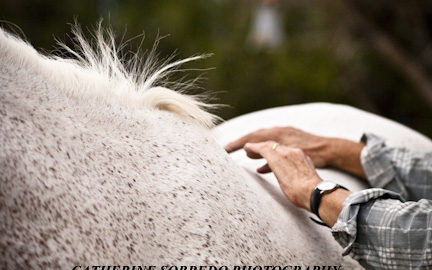
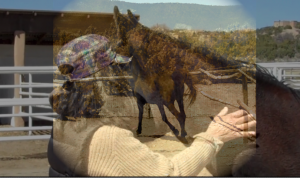
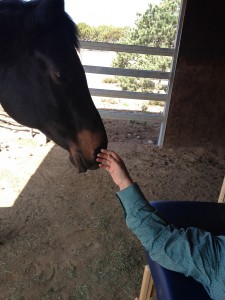
![[Catherine Sobredo Photography]](https://susansmithsantafe.com/wp-content/uploads/2012/08/imgp2369-edit-199x300.jpg)
